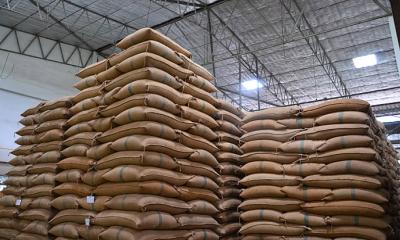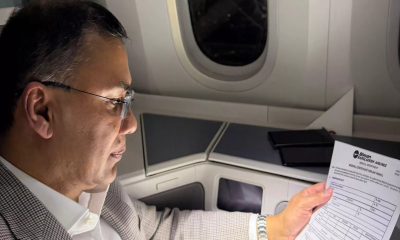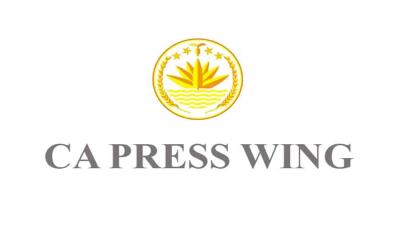In a poor show, the inflow of remittances fell year-on-year for the second month in a row in October, clocking $1.52 billion - down 7.4 percent on the same month last year.
Latest figures released by Bangladesh Bank says that remittances had dropped year-on-year by 10.84 percent to $1.54 billion in September - a 7 month low at the time.
This implies that the October figure is now the lowest in 8 months, according to UNB.
Yet thanks to the strong showing in the first two months (July-August) of the current fiscal, the overall figure for the first four months of 2022-23 still remains slightly above the corresponding figure for the same period in 2021-22.
According to the latest data from the central bank, inward remittances totalled $7.19 billion in July-October of FY23, slightly edging the $7.05 billion received in the same period last year, by barely 2 percent.
Bangladesh Bank spokesperson Md Abul Kalam Azad said in order to increase inflow, the central bank has increased the exchange rate of the US dollar offered on remittances.
That is on top of a 2.5 percent hassle-free incentive already in place, while several banks also provide their own additional incentives to attract foreign exchange, Azad pointed out.
These however have failed to arrest the slide in remittances witnessed since September. Before that, remittances topped $2 billion in both July ($2.09 bn) and August ($2.03 bn).
Even so, the central bank remains eager to induce remittances through official channels as it reels from the dollar crisis and the declining trend of forex reserves.
The reserve figure is now below $36 billion according to Shapla Chattor's own count, even as the IMF continues to insist, and most economists agree, that the globally accepted way of calculating reserves would subtract another $8 billion from that figure.

















-20251226062607.webp)
-20251226051932.jpeg)




















